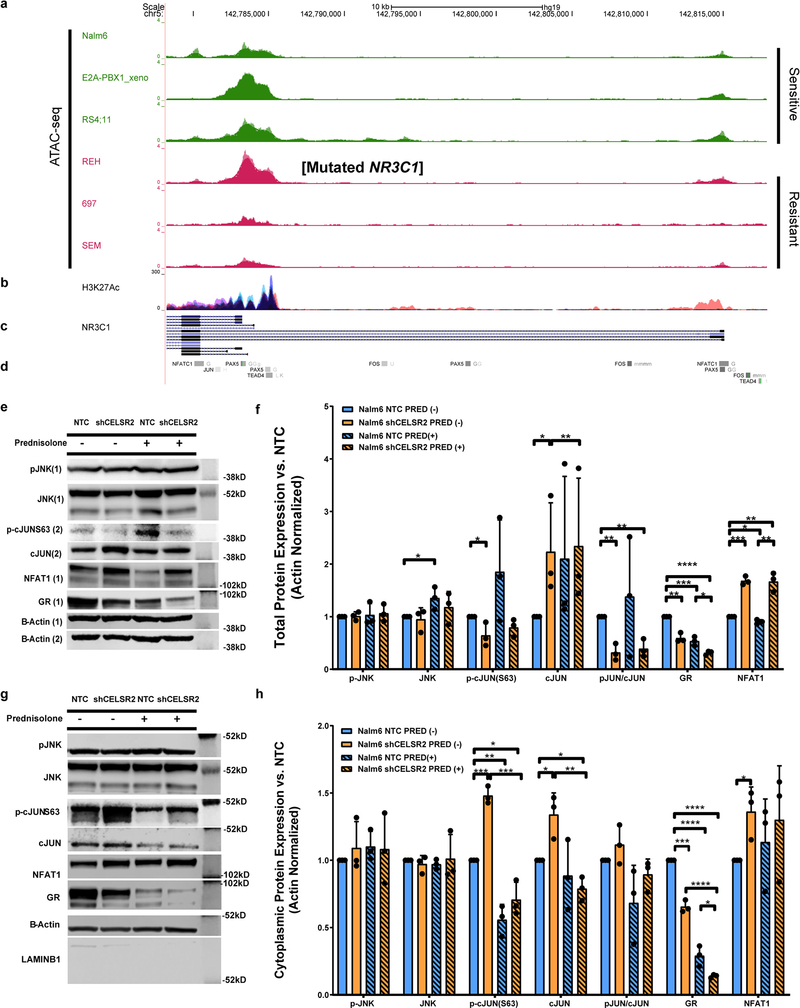Extended Data Fig. 9. Chromatin status in glucocorticoid sensitive and resistant human ALL cell lines, and perturbation of non-canonical WNT signaling by reduction of CELSR2 expression.
(a.) ATAC-seq for six human leukemia cell lines, three prednisolone sensitive and three resistant cell lines depicting open chromatin in the region upstream of NR3C1 (n=2 independent experiments). (b.) H3K27Me data from ENCODE (black box) showing lymphocyte regulatory region in GM12878 cell line (pink) (c.) RefSeq NR3C1 transcripts (d.) ENCODE transcription factor binding sites for PAX5, NR3C1, TEAD4 and non-canonical Wnt effectors (NFATC1 and AP-1 [JUN and FOS]) (e.) Representative western blot and (f.) Barplot (mean ± S.D.; n= 3 independent experiments; two tailed t-test p values) depicting total cellular protein expression of signaling components from planar cell polarity and Ca2+/NFAT non-canonical Wnt signaling protein CELSR2 knockdown vs. control cells with or without 10μM prednisolone treatment for 24hr. (g.) Representative western blot and (h.) Barplot (mean ± S.D.; n= 3 independent experiments; two-tailed t-test p-values) depicting cytoplasmic protein expression of signaling components from planar cell polarity and Ca2+/NFAT non-canonical Wnt signaling protein CELSR2 knockdown vs. control cells with or without 10μM prednisolone treatment for 24hr.

